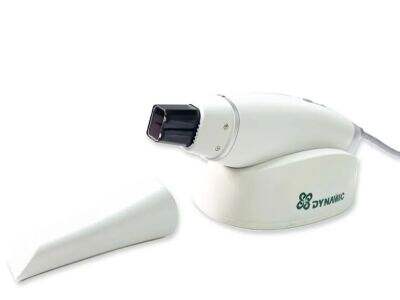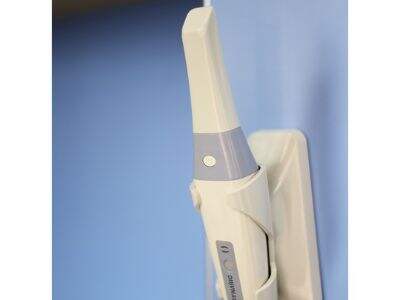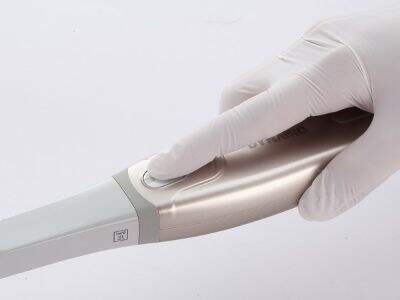Over the last few years, advancements in technology have transformed the way dentists photograph patients’ teeth. One new tool that is particularly important is intraoral scanning technology. This aids dentists in quickly and easily creating detailed 3D images of a patient’s mouth. By reading this article, you can find out how intraoral scanning technology revolutionizes the processes in the dental office.
How Does a Intraoral Scanning Technology Work
Dentists once made impressions using messy materials to create replicas of a patient’s teeth. This involved substances such as alginate, which would be unhygienic. The impressions would then be sent to a dental lab to create a model of the teeth. This was a painstaking process and often not very effective.
Thanks to the advent of intraoral scanning technology, dentists can now use a small handheld scanner to take the impression digitally. It has a small camera that captures crisp shots of the teeth and gums. These pictures are used to build a 3D model of the patient’s mouth. It is a new, faster and more comfortable way for the patients, and it also results to better results.

How Does 3D Scanning Benefit Dentists?
Intraoral scanning technology has the big advantage of creating images in 3D of the patient mouth. These pretty clear images give dentists a better view of the teeth and gums. This allows them to detect issues that may have been overlooked by earlier methods.
3D scanning also benefits the dentist in perfect treatment planning. Dentists can test various treatment ideas and select the most effective by examining the digital mouth model. That saves time, and it helps patients get better results.
Digital Applications for Intraoral Scanning
Intraoral scanning technology has developed in sophistication, and so too have the tools available to dentists. The new scanners are smaller and lighter so easier to handle. The software that enables these devices has also improved, allowing dentists to get detailed pictures in seconds.
There are some additional features in some scanners, such as color scanning and augmented reality. These features not only help improve the scanning experience, but they also assist dentists in providing a more tailored experience to the patents.
The Impact of Intraoral Scanning on Treatment Planning
By utilizing intraoral scanning technology, dentists have transformed their treatment planning and delivery methods. Having 3D images of the mouth made clear, the dentists can plan treatments far more accurately. This results in more successful outcomes for patients and fewer complications during procedures.

Utilizing Intraoral Scanning in Routine Dentistry
They should integrate it into their daily work, as more dentists are adopting the intraoral scanning technology. Dentists can also minimize patients' discomfort and shorten waiting time at regular check-ups and procedures by implementing intraoral scanning.
Final write-up Prosthetic- is a tool that can help to do bite, scan and prepare scans in 3D, highlight surfaces to prepare denture 3D. The tech uses detailed 3D images of the patient’s mouth to help dentists with precise planning to obtain optimal results. Intraoral scanning technology will be a part of the future of dentistry as tools and software improve.

 EN
EN
 AR
AR NL
NL FR
FR DE
DE EL
EL HI
HI IT
IT PL
PL PT
PT RO
RO RU
RU ES
ES IW
IW ID
ID VI
VI TH
TH TR
TR FA
FA

